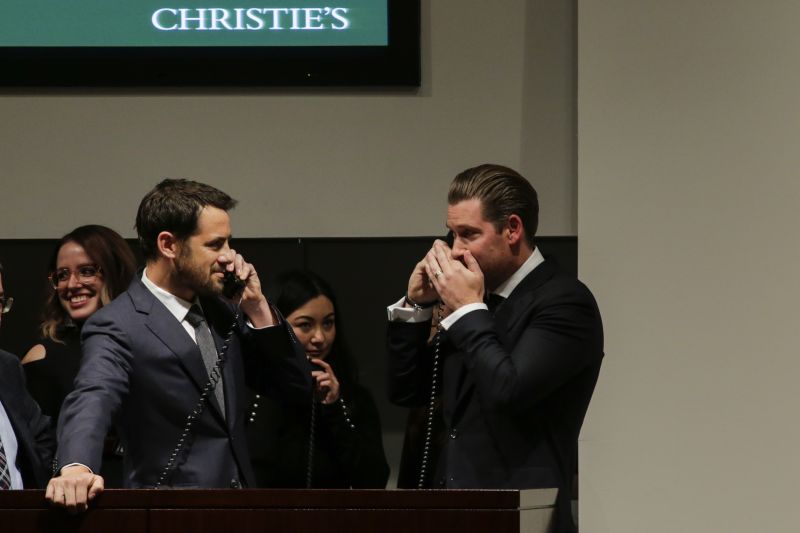
The Art World Drama: A Legal Battle of Billionaires, Dealers, and Masterpieces

A high-profile lawsuit between Russian billionaire Dmitry Rybolovlev and auction house Sothebys has brought to light the complex and secretive world of art sales and acquisitions. The legal battle, spanning multiple jurisdictions, involves allegations of fraud, inflated prices, and a record-breaking art sale. Here's an in-depth look at the case that has captivated the art world.
The Billionaire's Allegations
In a dramatic legal showdown that has captured the attention of the art world, Russian billionaire Dmitry Rybolovlev has accused auction house Sothebys of defrauding him in a series of high-value art sales. The crux of the dispute revolves around Rybolovlev's claim that Sothebys, in collusion with Swiss art dealer Yves Bouvier, manipulated prices and misled him into overpaying for several works of art, including the renowned 'Salvator Mundi' attributed to Leonardo da Vinci.
Dmitry Rybolovlev arriving at court in New York in January 2024. The Russian billionaire lost his lawsuit against auction house Sotheby's yesterday.
Rybolovlev's allegations center on the contention that Sothebys was complicit in a scheme orchestrated by Bouvier to inflate the prices of the artworks, ultimately leading to substantial financial losses for the billionaire. The legal battle has shed light on the intricate and often opaque practices within the art market, revealing the challenges and controversies surrounding high-stakes art transactions.
The Legal Showdown
The legal saga between Rybolovlev and Sothebys has unfolded across multiple jurisdictions and courtrooms, spanning from New York to Switzerland, Singapore, Monaco, and Hong Kong. The dispute, characterized by its complexity and high financial stakes, has drawn attention to the lack of transparency and accountability in the art industry.
At the heart of the legal battle is the contentious 'Salvator Mundi,' a masterpiece that set a record-breaking auction price. The case has raised critical questions about the roles and responsibilities of auction houses, art dealers, and wealthy buyers in the art acquisition process. The outcome of the trial has far-reaching implications for the art market and its participants, amplifying the need for greater transparency and ethical standards.
NEW YORK, NY - NOVEMBER 15: Agents speak on their phones with their clients while bidding on at the auction of Leonardo da Vinci's "Salvator Mundi" during the Post-War and Contemporary Art evening sale at Christie's on November 15, 2017 in New York City. The rediscovered masterpiece by the Renaissance master sells for an historic $450,312,500, obliterating the prevous world record for the most expensive work of art at auction. (Photo by Eduardo Munoz Alvarez/Getty Images)
Implications and Verdict
Following a trial that lasted several weeks, a federal jury ruled in favor of Sothebys, delivering a blow to Rybolovlev's claims of fraud and misconduct. The verdict, which affirmed Sothebys' integrity and professionalism, underscored the challenges of proving complex fraud cases in the art market.
Despite the ruling, the legal battle has sparked discussions about the need for transparency and accountability in art transactions, prompting calls for enhanced oversight and ethical standards within the industry. The case serves as a cautionary tale for art collectors and investors, highlighting the risks and complexities inherent in high-value art dealings.










